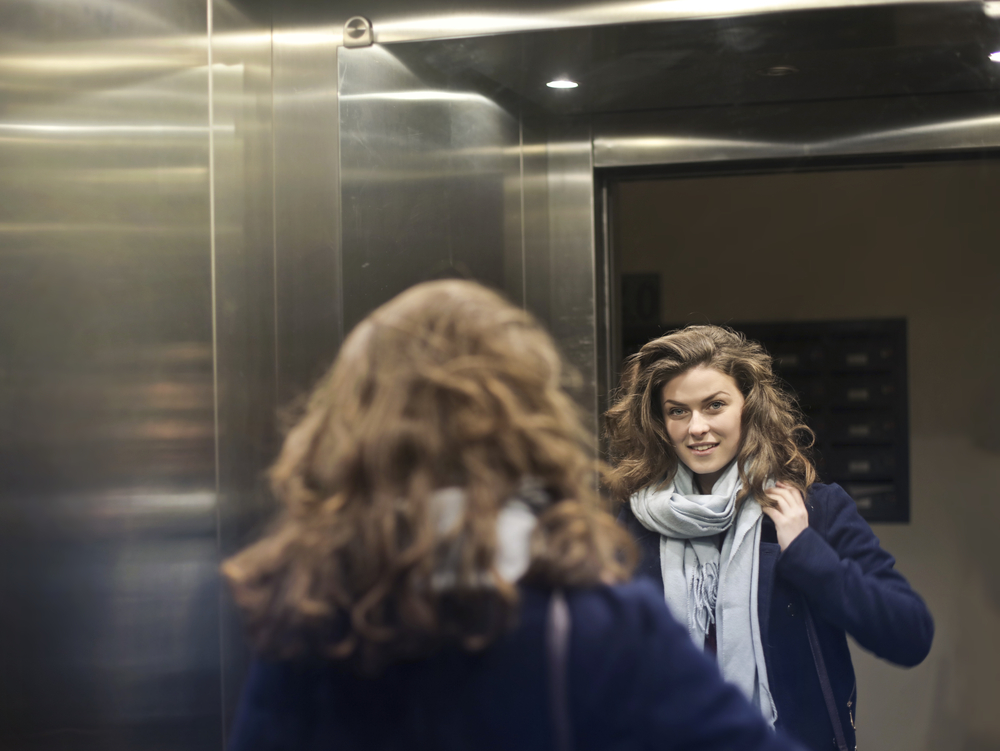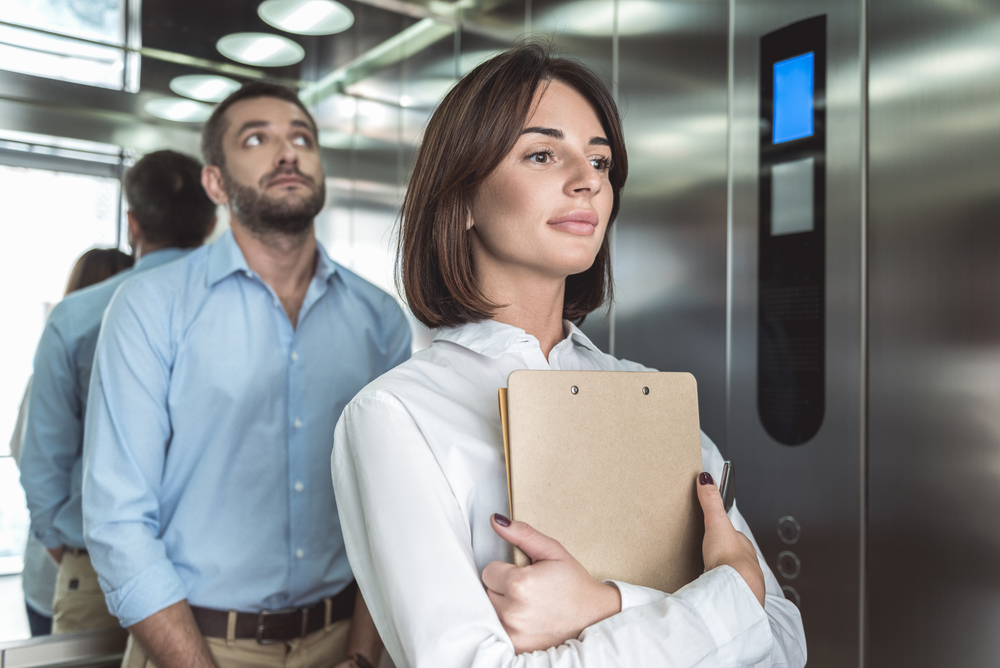Table of Contents (click to expand)
Elevators have mirrors to serve as a distraction, helping people with claustrophobia. These mirrors are also helpful for people with wheelchairs, helping them enter and exit without much difficulty.
Elevators are awesome, right? A cubical that transports you to a whole new level? Who would have imagined such a thing 200 years ago?

Well, in the 1850s, a brilliant guy named Elisha Otis came up with the invention of safety brakes for elevators. If he was inventing safety brakes, that suggests that elevators already existed… right?
History Of Elevators
The history of the concept of elevators goes back to about 336 BC. However, these elevators weren’t the standard and speedy tools that we see today. Those ancient elevators were platforms to hoist goods and the heavy materials used for building structures.

Modern-day elevators are cabins with multiple safety measures, making them essential in any (tall) building.
Now, why did we need safety brakes to begin with?
Older elevators worked by hoisting ropes, bringing the cabin up and down, but these ropes would sometimes break, resulting in horrendous accidents and even death!
Elisha Otis invented a device that could prevent this mishap from happening. These safety brakes spring out from the cabin’s wall when the elevator exceeds its rated speed, or if the cable breaks. The brakes prevent the cabin from falling any further, thus preventing any tragic accidents.
Okay, so safety… checked?
Actually no. There’s more to safety and security in an elevator than not falling to one’s death. There were additional problems with riding in an elevators with closed doors. Remember, this is a small, steel cabin with thick walls and mechanized doors encasing one for an unknown number of seconds or minutes!
Also Read: Why Are Elevators Safer Than You Thought?
How Does A Mirror In The Elevator Help?
The feeling of uneasiness and anxiety in an elevator is also known as claustrophobia. We have all experienced similar feelings at least once while using these machines, haven’t we? Particularly if the doors don’t open right away!
This is a fear to which many people are subject, and it’s challenging for these people to use elevators in their day-to-day lives.

To overcome this problem, elevator manufacturing companies had two solutions: either increase the elevator’s speed to reduce the time people spend inside the elevators or to install mirrors.
Wait, mirrors? How are mirrors supposed to boost safety?
Mirrors were a possible solution because they serve as a distraction for people without resorting to the other method, which involved increasing elevator speed and adding more problems than it solved.
Furthermore, mirrors make the elevator space seem larger than it is, helping claustrophobic people overcome their fears.

The tremendous amount of elevator mirror selfies on Instagram shows that these manufacturing companies went with option two of installing mirrors inside the elevator.
There’s actually more to the mirrors than mere selfies. Elevators are slow and boring. One second can feel like an entire minute. Mirrors in elevators, accompanied by the “elevator music” of classic songs, is a little more bearable, no? If you agree, that design is absolutely serving its purpose.
When elevators were still in their infancy and pretty slow, people would stand in them and experience a heightened sense of time because they were idle. Their totally understandable dread of falling from an elevator dangling in midair by only wires was all they could think about. Therefore, mirrors were erected to give people something to gaze at while they waited and to divert their attention.
Mirrors also allow you to see what everyone else is doing, which matters a lot when the ‘safety’ factor is considered. This capacity for observation prevents certain offenses, such as theft, unsolicited touching, or contact that might occur when the small elevator cabin is jam-packed with unknown passengers.

Mirrors are also an excellent aid for differently abled people using wheelchairs. They cannot move their wheelchairs around in the elevator, so the mirrors help them enter and exit the elevator without inconveniencing the other passengers inside the cabin.

Elevators are helpful not only for wheelchairs, but also for transferring bulky items up several levels, such as desks, computers, furniture, or large and heavy equipment. They remove the worry of having to push these items up the stairs. Elevator mirrors will also facilitate the movement of these heavy pieces of furniture while moving, shifting, or redecorating.
Elevator mirrors also serve the purpose of verifying that one last check on your outfit and hair before entering a building. If not for that elevator mirror, you might still have your morning breakfast stuck between your teeth.
We should marvel at the problem-solving skills of these elevator manufacturing companies. Who knew that mere mirrors would save so many accidents and mishaps from happening? Pretty mirror selfies featuring your outfit of the day are just a plus to the many existing benefits of these reflective surfaces.
Also Read: Can You Survive If You Jump In A Free-Falling Elevator Just As It Hits The Ground?
How well do you understand the article above!

